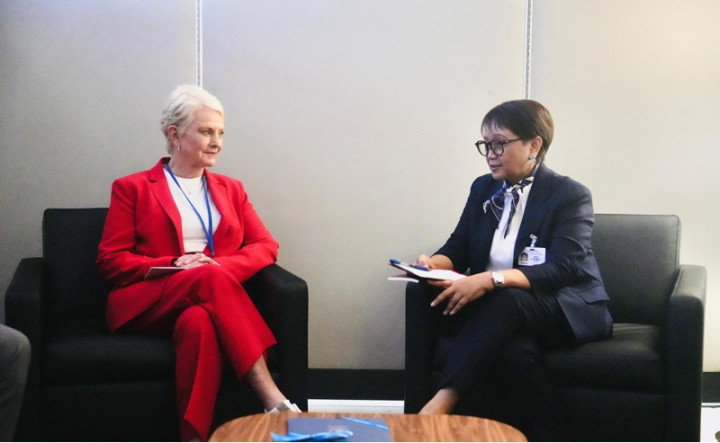Geneva: As many as 559 million children are currently exposed to high heatwave frequency, according to new research from UNICEF.
Further, 624 million children are exposed to one of three other high heat measures - high heatwave duration, high heatwave severity or extreme high temperatures.
During a year in which heatwaves in both the southern and northern hemispheres broke records, The Coldest Year Of The Rest Of Their Lives: Protecting Children From The Escalating Impacts Of Heatwaves highlights the already extensive impact of heatwaves on children and reveals that, even at lower levels of global heating, in just three decades, more regular heatwaves are unavoidable for children everywhere.
The report estimates that by 2050, all of the world’s 2.02 billion children are expected to be exposed to high heatwave frequency, regardless of whether the world achieves a ‘low greenhouse gas emission scenario’ with an estimated 1.7 degrees of warming in 2050 or a ‘very high greenhouse gas emission scenario’ with an estimated 2.4 degrees of warming in 2050.
Produced in collaboration with The Data for Children Collaborative and launched in partnership with UNICEF Goodwill Ambassador Vanessa Nakate and Africa-based Rise Up Movement, these findings underscore the urgent need to adapt the services children rely on as unavoidable impacts of global heating unfold.
It also makes a case for continued mitigation, to prevent the worst impacts of the other high heat measures, including sustained and severe heatwaves and extreme high temperatures.
"The mercury is rising and so are the impacts on children," UNICEF Executive Director Catherine Russell said in a media release on Tuesday.
"Already, 1 in 3 children live in countries that face extreme high temperatures and almost 1 in 4 children are exposed to high heatwave frequency, and it is only going to get worse. More children will be impacted by longer, hotter and more frequent heatwaves over the next thirty years, threatening their health and wellbeing. How devastating these changes will be depends on the actions we take now. At a minimum, governments must urgently limit global heating to 1.5 degrees Celsius and double adaptation funding by 2025. This is the only way to save children’s lives and futures – and the future of the planet," Russell added.
Heatwaves are especially damaging to children, as they are less able to regulate their body temperature compared to adults.
The more heatwaves children are exposed to, the greater the chance of health problems including chronic respiratory conditions, asthma, and cardiovascular diseases.
Babies and young children are at the greatest risk of heat-related mortality.
Heatwaves can also affect children’s environments, their safety, nutrition and access to water, and their education and future livelihood.
Cek Berita dan Artikel yang lain di Google News
FOLLOW US
Ikuti media sosial medcom.id dan dapatkan berbagai keuntungan



















